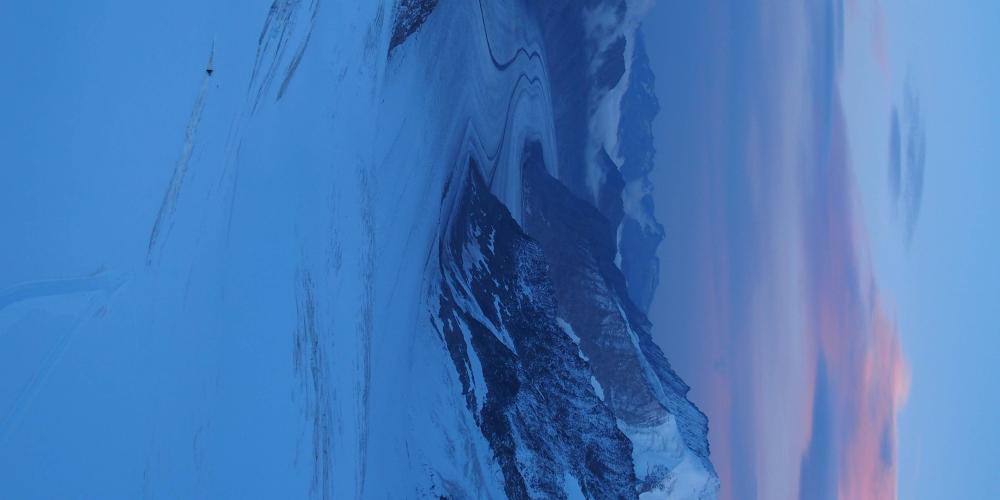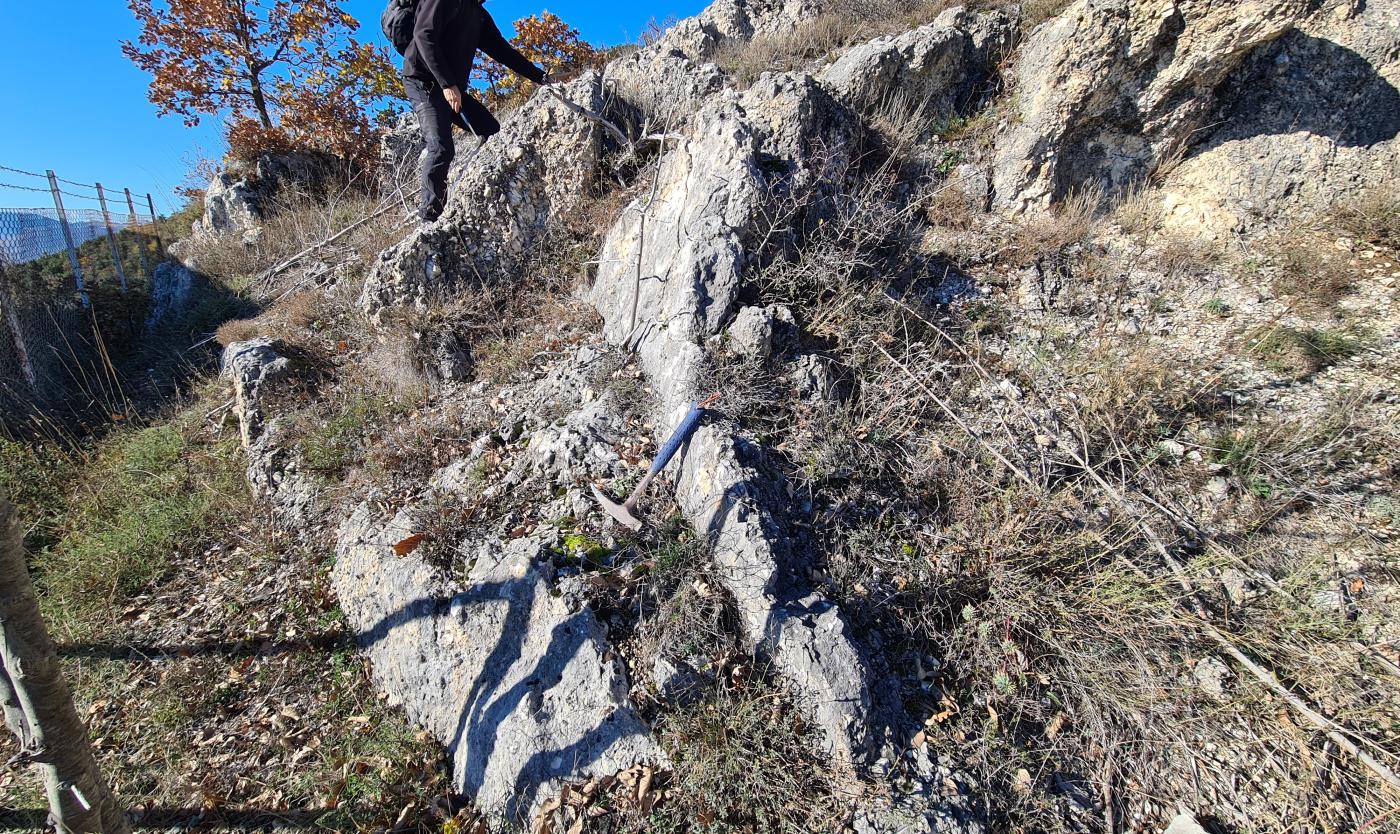
Ice melting from glaciers around the world is affecting regional freshwater resources and driving global sea levels to rise at ever-faster rates. According to new findings through an international effort involving Prof. Harry Zekollari (Vrije Universiteit Brussel), glaciers have been losing an average of 273 billion tonnes of ice per year since the year 2000 – but hidden within this average there is an alarming increase over the last 10 years. In 2000, glaciers – excluding the ice sheets of Greenland and Antarctica – spanned about 700,000 km2, and held an estimated 120,000 billion tonnes of ice.
Over the past two decades, glaciers lost approximately 5% of their total volume, with regional losses ranging from 2% on the Antarctic and Subantarctic Islands, to 39% in Central Europe. This corresponds to an annual loss of 273 billion tonnes of ice. However, the amount of ice being lost jumped by 36% in the second half of the study period (2012–2023) compared to the first half (2000–2011). Glacier mass loss over the whole study period was 18% higher than that of the Greenland Ice Sheet and more than double that of the Antarctic Ice Sheet.
The Glacier Mass Balance Intercomparison Exercise
This research, which was published today in the journal Nature, was conducted as part of the Glacier Mass Balance Intercomparison Exercise, or GlaMBIE for short. The GlaMBIE team coordinated the compilation, standardisation and analysis of different data from field measurements and from a wealth of different types of optical, radar, laser and gravimetry satellite missions. Satellite observations included – among others – those from the US Terra/ASTER and ICESat-2, the US–German GRACE, the German TanDEM-X and ESA’s CryoSat missions.
Impacts on global sea level and regional freshwater resources and
Between 2000 and 2023, glaciers collectively lost around 6,500 billion tonnes of ice, with global consequences. “The glacier loss has contributed to about 0.75 millimetres over sea-level rise since 2000, a loss that accelerated over the last decade: whereas glaciers lost about 230 billion tonnes per year in the first half of the study period, this increased to an estimated 310 billion tonnes per year in the second half” says Prof. Harry Zekollari from the Vrije Universiteit Brussel’s Department of Water and Climate.
Today, glaciers rank as the second-largest contributor to global sea-level rise, following ocean warming related thermal expansion. They surpass the contributions of the Greenland Ice Sheet and the Antarctic Ice Sheet. “The largest part of the glacier contribution comes from polar regions, where the largest ice masses are located” notes Zekollari. “The loss from mid-latitude high-mountain regions in turn strongly affects regional freshwater resources. For context, the ice lost from glaciers on an annual basis corresponds to what the entire global population consumes over three decades”.
The study not only highlights the current major societal impacts resulting from glacier loss but also offers important insights into future consequences. “As glacier modellers, we use observed glacier losses to tune and test our glacier evolution models, after which we use these models to make future projections. As such, having improved observations of glaciers loss leads to better projections, which is crucial for protecting our coasts and quantifying how much damage can still be avoided by mitigating future climate change”.
Reference:
The GlaMBIE Team (2025): Community estimate of global glacier mass changes from 2000 to 2023. Nature. https://doi.org/10.1038/s41586-024-08545-z
Contact:
Prof. Dr. Harry Zekollari: +32498517901

